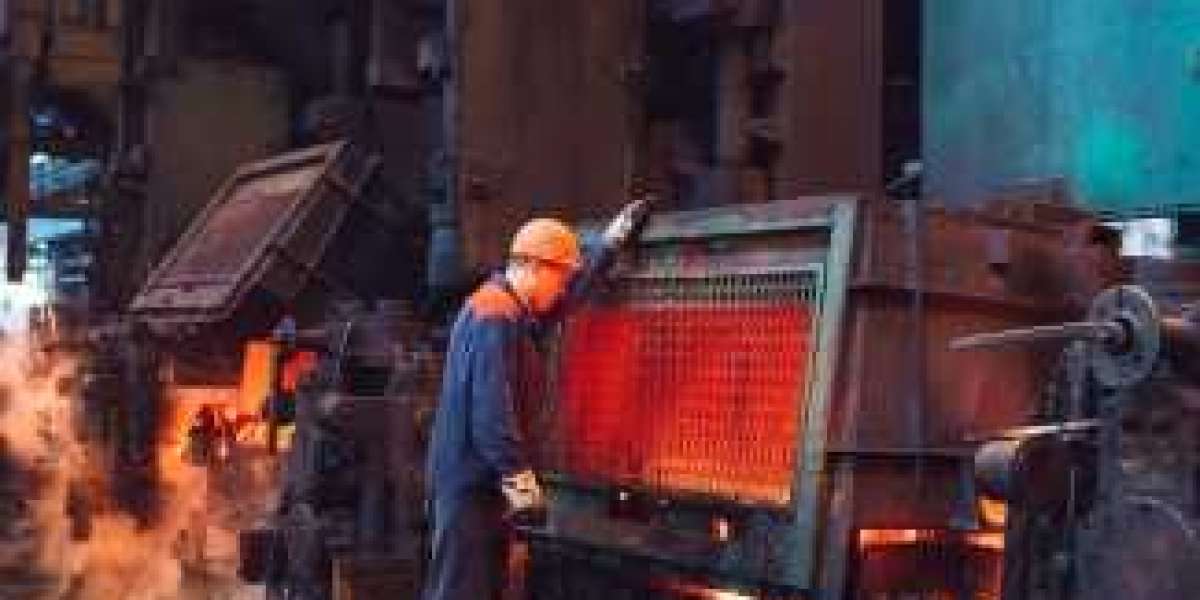asting industries play a crucial role in manufacturing various products across diverse sectors, from automotive to aerospace, and from jewelry to construction. The process of casting involves pouring molten material into a mold, allowing it to cool and solidify into the desired shape. This guide aims to provide a detailed overview of casting industries, including different casting methods, materials used, applications, and future trends.
Understanding Casting Methods:
- Sand Casting: One of the oldest and most widely used casting industries methods, sand casting involves creating a mold using compacted sand around a pattern. Molten metal is then poured into the mold, creating the desired shape once cooled.
- Investment Casting: Also known as lost-wax casting, this method involves creating a wax pattern, coating it with a refractory material, and then melting away the wax to leave a cavity. Molten metal is then poured into the cavity to create the final product.
- Die Casting: This process involves injecting molten metal into a steel mold under high pressure. Die casting is known for its high accuracy and repeatability, making it ideal for mass production of complex parts.
- Continuous Casting: Mainly used in the production of metal sheets, rods, and pipes, continuous casting involves continuously pouring molten metal into a water-cooled mold, which solidifies into the desired shape as it moves through the mold.
Materials Used in Casting:
- Metals: Common metals used in casting include aluminum, iron, steel, brass, and copper. Each metal offers unique properties such as strength, corrosion resistance, and thermal conductivity.
- Alloys: Many casting applications require specific properties that can be achieved through alloying. For example, aluminum-silicon alloys offer excellent fluidity and castability, making them ideal for automotive parts.
- Ceramics: In addition to metals, ceramics are also used in casting for applications requiring high-temperature resistance and wear resistance.
Applications of Casting:
- Automotive Industry: Casting is widely used in the automotive sector for manufacturing engine components, transmission parts, and chassis components.
- Aerospace Industry: Casting plays a critical role in producing aircraft components such as turbine blades, engine housings, and structural components.
- Jewelry Making: Investment casting is commonly used in jewelry making to produce intricate designs with high precision.
- Construction: Casting is employed in the construction industry for manufacturing structural components such as beams, columns, and facades.
Future Trends in Casting:
- Additive Manufacturing: Advances in 3D printing technology are revolutionizing casting processes, allowing for the production of complex geometries with reduced material waste.
- Sustainable Practices: Casting industries are increasingly adopting sustainable practices such as recycling scrap metal and optimizing energy consumption to minimize environmental impact.
- Digitalization: The integration of digital technologies such as simulation software and machine learning is enhancing casting processes, leading to improved efficiency and quality control.
Conclusion: casting industries continue to evolve with advancements in materials, technologies, and processes. By understanding the various casting methods, materials, applications, and future trends outlined in this guide, stakeholders can stay informed and adapt to the changing landscape of the casting industry.









